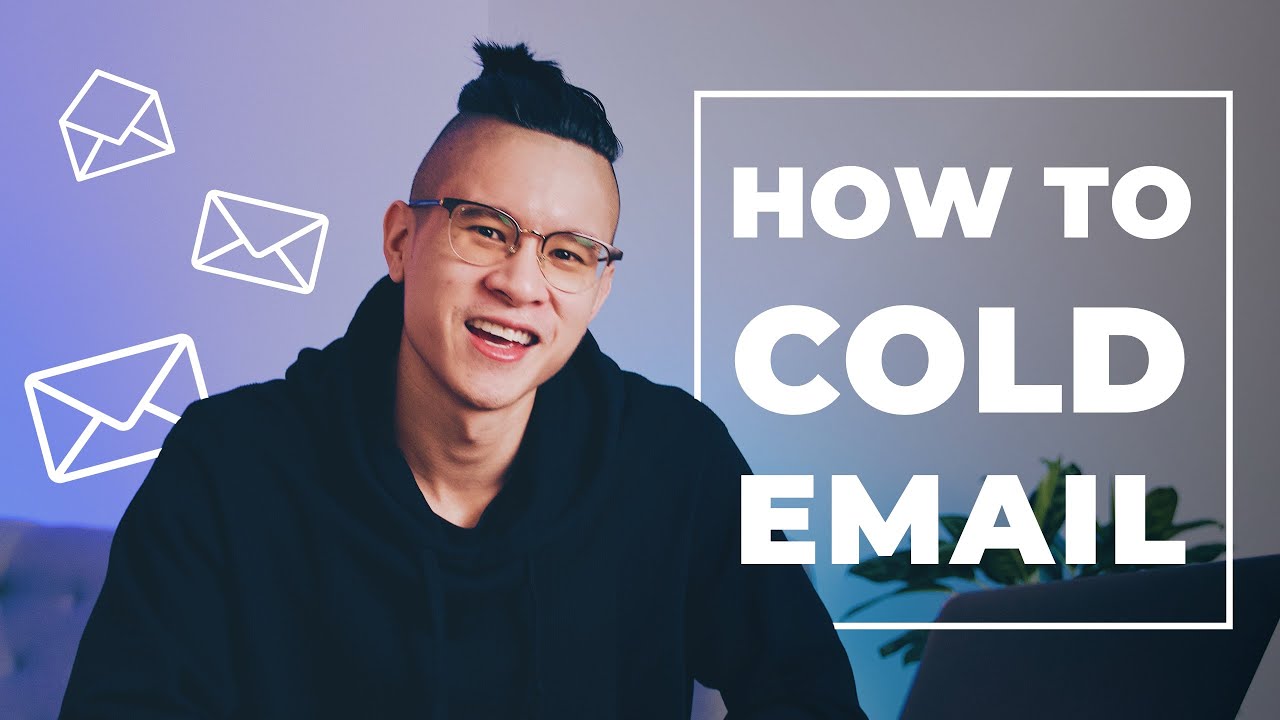TOP 5 Cold Email Tips to DOMINATE B2B Sales | Cold Emailing Strategy, Tech Sales Tips, SaaS Sales
Summary
TLDRIn this informative video, the speaker shares top five cold email tips for boosting B2B sales response rates. Key points include evaluating your offer's competitiveness, utilizing A/B testing to refine email components, leveraging proven email templates, emphasizing follow-ups, and focusing on booking meetings rather than direct sales. The speaker also stresses the importance of doubling down on effective strategies rather than spreading efforts too thin.
Takeaways
- 🔍 Evaluate or reevaluate your offer to ensure it is competitive in the market, as this is crucial for getting responses to cold emails.
- 💼 If your product or service isn't competitive, consider changing it or how you present it to make it more appealing to your target audience.
- 📈 Use A/B testing to understand what works and what doesn't in your cold emails by changing one variable at a time and tracking the results.
- 📝 Utilize proven email templates with data backing their effectiveness as a starting point for your cold email campaigns.
- 🔄 Follow up at least three times with a gap of three to seven days between each follow-up to increase response rates, as busy executives might overlook your initial message.
- 🤝 The primary goal of a cold email should be to book a meeting, as it's easier to build trust and sell emotionally during a conversation rather than through email alone.
- 🎯 Always include a clear call to action in your emails, inviting the recipient to book a time on your calendar or suggesting a meeting time that works for them.
- 🚫 Don't take lack of response personally; executives are often busy and may simply forget to respond, so persistence in following up is key.
- 📊 After sending multiple campaigns, tweak your email elements continuously to optimize for your specific target demographic and increase response rates.
- 📈 When you find a method that works, such as effective cold emailing, double down on it rather than spreading yourself too thin across multiple sales channels.
- 🛠️ Mastery in sales often comes from focusing on one effective strategy and refining it, rather than trying to do everything at once, which can lead to inefficiency.
Q & A
What is the main topic of the video?
-The main topic of the video is discussing the top five cold email tips for B2B sales.
Why is it important to evaluate or reevaluate your offer when sending cold emails?
-Evaluating or reevaluating your offer is important because it ensures that what you're selling is competitive in the market, which is crucial for getting responses and closing deals.
What should you do if your offer is not competitive?
-If your offer is not competitive, you should either change your product or service to make it more appealing or switch jobs to sell a better product, or change the narrative of how you present your offer.
Can you give an example of how personal branding can create a competitive offer?
-The example given is the speaker's experience in the NFT space. Due to their established brand and successful NFT project, people trust them and are willing to pay for their services, creating a competitive offer with little competition.
What is A/B testing and why is it important for cold emailing?
-A/B testing involves changing one variable of an email to see which version works better. It's important for understanding what aspects of your email are effective and for continuously improving your response rates.
What resource is recommended for finding proven email templates?
-The resource recommended is HubSpot's 25 proven email templates, which can be downloaded for free and adapted for specific products and services.
How many times should you follow up after sending an initial cold email?
-You should follow up at least three times, with each follow-up coming between three to seven days apart.
Why is it important not to take it personally if people don't respond to your cold emails?
-It's important because the recipients are often busy and may forget to respond. Persistence in following up can eventually lead to a response and potentially a sale.
What should be the primary goal of a cold email?
-The primary goal of a cold email should be to book a meeting with the recipient, as it's easier to build rapport and sell products or services during a conversation rather than through email alone.
Why is it recommended to double down on a method that is working for cold emailing?
-Doubling down on a working method is recommended because it allows you to focus your efforts and master that particular method, increasing conversions and efficiency, rather than spreading yourself thin across multiple methods.
What is the final advice given for salespeople who are trying to master their craft?
-The final advice is to focus on doing one thing really well rather than trying to do everything. Mastering one effective method can accomplish most professional goals in sales.
Outlines

هذا القسم متوفر فقط للمشتركين. يرجى الترقية للوصول إلى هذه الميزة.
قم بالترقية الآنMindmap

هذا القسم متوفر فقط للمشتركين. يرجى الترقية للوصول إلى هذه الميزة.
قم بالترقية الآنKeywords

هذا القسم متوفر فقط للمشتركين. يرجى الترقية للوصول إلى هذه الميزة.
قم بالترقية الآنHighlights

هذا القسم متوفر فقط للمشتركين. يرجى الترقية للوصول إلى هذه الميزة.
قم بالترقية الآنTranscripts

هذا القسم متوفر فقط للمشتركين. يرجى الترقية للوصول إلى هذه الميزة.
قم بالترقية الآنتصفح المزيد من مقاطع الفيديو ذات الصلة

Goodbye Sales Funnel - Hello Hybrid Funnel

This B2B SaaS Marketing Strategy Got My Startup $155k in 90 Days!

How to Avoid Spam Filters: 12 Tips from Snov.io

The Best Cold Email Strategy in 2025

4 cold email AI coaching tools that you probably haven't seen anywhere else

How To Cold Email Clients - Best Cold Email Templates
5.0 / 5 (0 votes)
